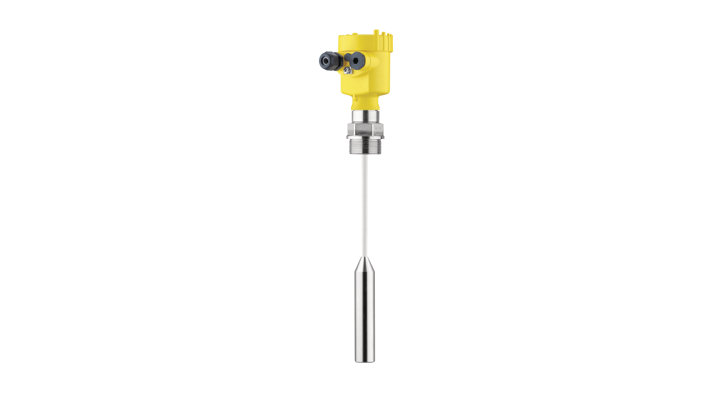Here we can provide you with all calibration solutions such as (Temperature, Pressure, Weight …..etc) . Aslo we have the Torque measurement system to prevent your ship from breakdown cost. The flowmeters and vibrations sensors are very important to provide you with accurate measuring .

Capacitive level switch - Liquids and solids
Siemens Pointek CLS200 Level Switch
The Pointek CLS200 is a capacitive level switch that can detect liquids, solids, slurries, foam, and interfaces, and is available in both rod and cable versions. It can be used in tanks and pipes in the oil and gas, cement, chemical, food, marine and general industries. It measures up to 30 m.

Capacitive level switch - Liquids and solids
Siemens Pointek CLS300 Capacitive Level Switch
The Pointek CLS300 is a capacitive level meter and switch with the option for rod or cable extension up to 25 m. The CLS300 is ideal for detecting liquids, solids, slurries, foam, and interfaces in demanding applications with high pressure (35 bar) and temperature (+400 °C).
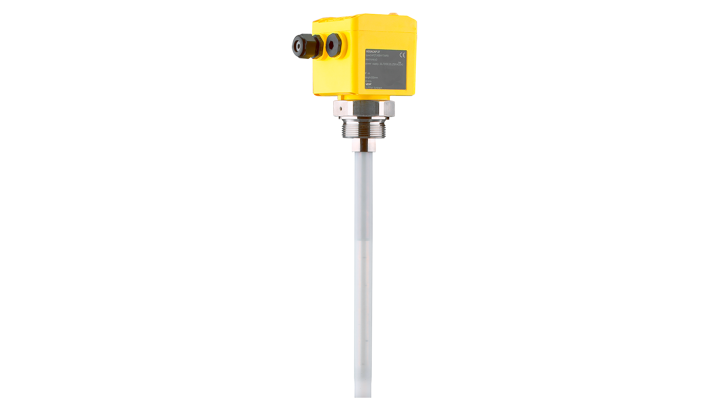
Capacitive level switch - Liquids
VEGACAP 27
Level switch for conductive and highly aggressive liquids - fully insulated. Mainly used for conductive media (DC value> 1.5)
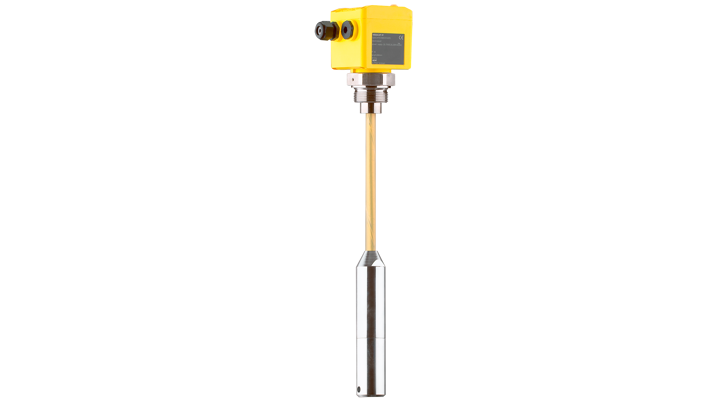
Capacitive level switch - Bulk solids
VEGACAP 35
Level indicator with anti-stick compensation. Mainly used for conductive media (DC value> 1.5)
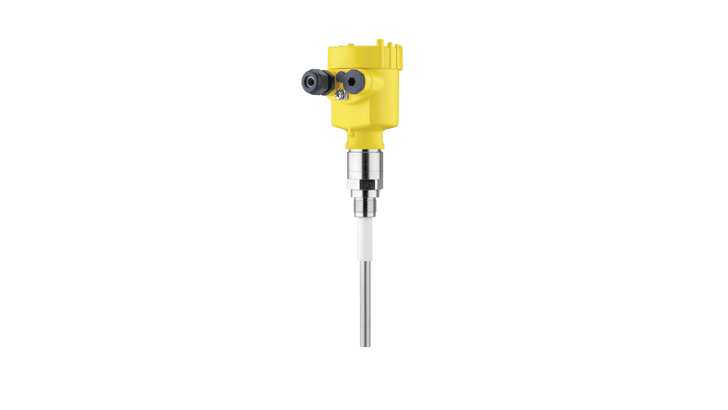
Capacitive level switch - Bulk solids & liquids
VEGACAP 62
Level switch for solids or non-conductive liquids - partially insulated (PTFE). Used for non-conductive media (DC value <5)
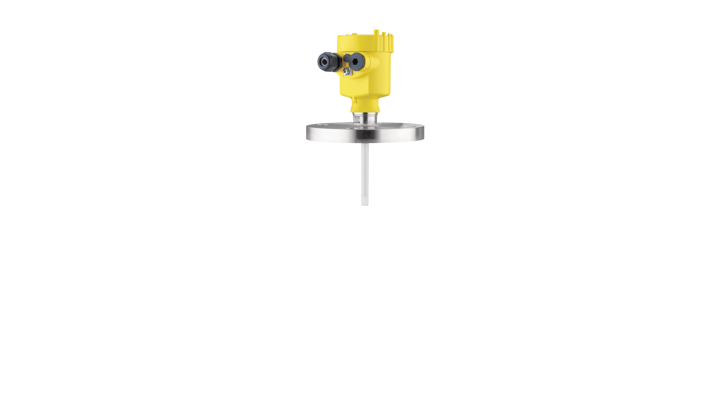
Capacitive level switch - Liquids
VEGACAP 63
Level switch for conductive liquids - fully insulated (PTFE/PE). Used mainly for conductive media (DC value> 5)
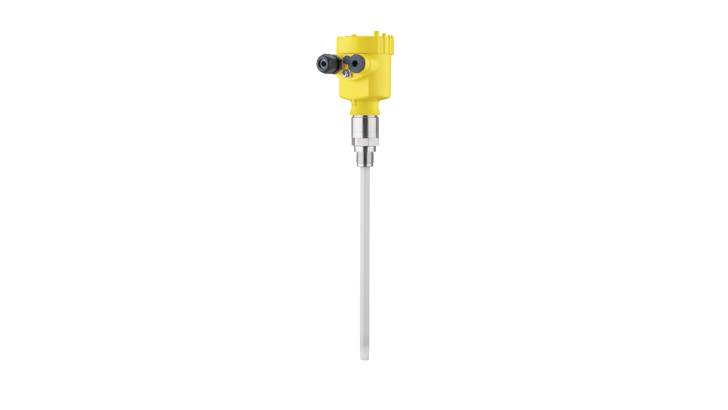
Capacitive level switch - Liquids
VEGACAP 64
Level switch for conductive and aggressive liquids - fully insulated (PTFE). Mainly used for conductive media (DC value> 1.5)
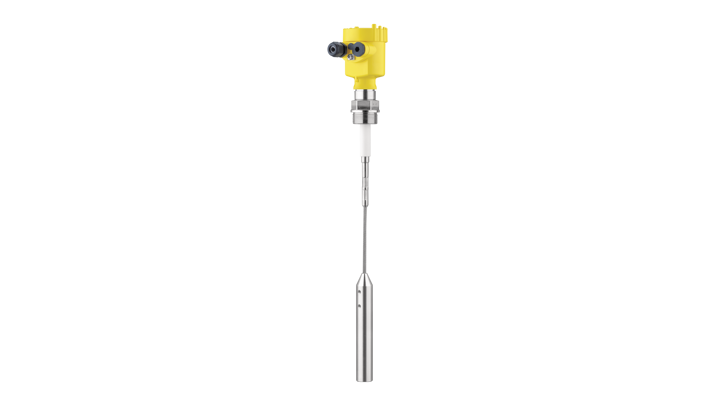
Capacitive level switch - Liquids
VEGACAP 65
Level switch for conductive and aggressive liquids - fully insulated. Mainly used for conductive media (DK value> 1.5)
No results found
Marine Instruments
The importance of using proper instrumentation Electrical and mechanical instrumentation invovles design, control and implementation of devices that can measure physical quantities. There is a huge amount of thought behind the proper instrument and installation choices for each small or larger measuring point. All vessels generally use state of the art instrumentation and equipment to manage everything from the engines, steering and navigation system. When the equipment malfunctions it can have a huge impact on the operational efficiency and can cause massive downtime that can put the vessel behind schedule. A broken viscoity sensor can cause wrong engine combustion, wrong additive dosing can reduce fuel efficency or worse; lubrication properties of various lubration oils. A ballast that isnt filled appropriately after loading can impact vessel stability and leaks and dangerous pressure levels in fuel tanks can impact enginre operation or even lead to disaster.
Proper Use of the Correct Instrumentation Is Important
– a Sensor Is Not Just a Sensor
Today’s fleet is generally becoming highly sophisticated operations with equally sophisticated equipment on board. And controlling all this sophisticated equipment correctly and preventing breakdowns is crucial to a smooth and cost-effective operation. Choosing the correct instrument for measuring the processes on board is not only a good idea seen from a practical aspect, but investing the time and possibly a little extra money on instrumentation that is ideal for the task, can ultimately save the vessel both cost and unnecessary interference for the crew on board.
Measurements are used all over the modern ship in order to keep equipment running at optimum conditions. Everything from critical installations such as main engines, auxiliary engines, steering and navigation to other installations such as cranes, cargo pumps and wastewater handling can and should be monitored with optimization in mind. Optimization of processes on board a ship can contribute to better earnings and lower emissions – even if the realized optimization is only constituted by fewer unplanned interruptions such as maintenance works and breakdowns.
A malfunctioning viscosity sensor can cause lower exploitation of the fuel due to wrongful combustion; a hydraulic failure on a crane can cause delay in port operations and interrupt the planned schedule; incorrect ballast control can impact vessel stability and trim causing anything from slightly lower performance to accidents and undetected leaks in cargo and fuel tanks can cause dangerous situations or even lead to disaster.
Choosing the correct instrument for a specific task can be challenging, as a myriad of variations of a single instrument often exist. And just going by the most expensive option or for something that has been recommended, is not always the right way, as the process and media in which the instrument should be installed is what determines what measurement principle and setup should be chosen. Degradation is caused very differently based on what the instrument is exposed to, and one instrument suited for one place on board might be unsuitable for another; a different pressure might cause inaccurate reading or mechanical failure and a different media could do the same.
Across the specialists at Insatech, we have the knowledge and experience to find the right instrument for your specific application as well as we can guide you to install it correctly. Making your operation as smooth and efficient as possible is always our goal with our counselling and services, as your success leads to our success!
